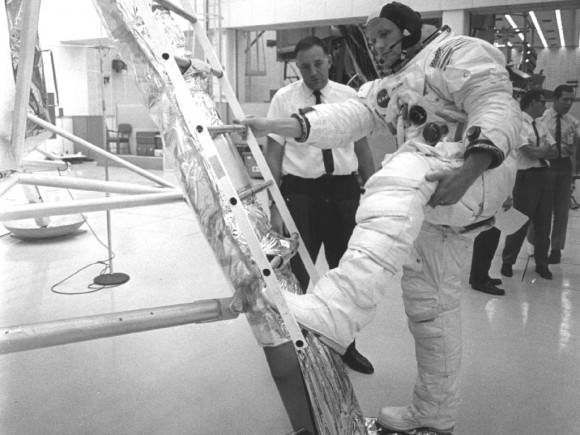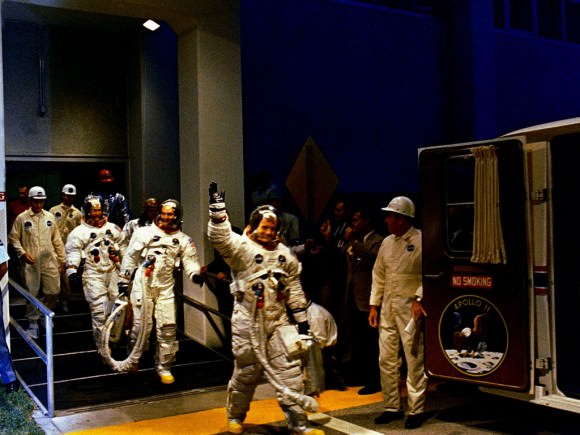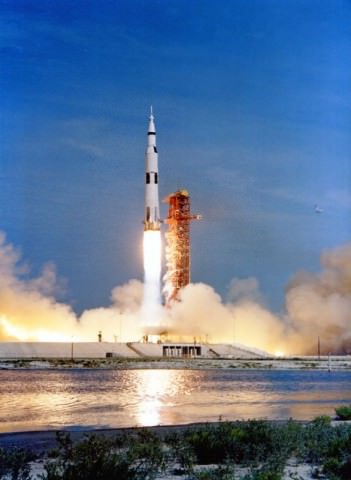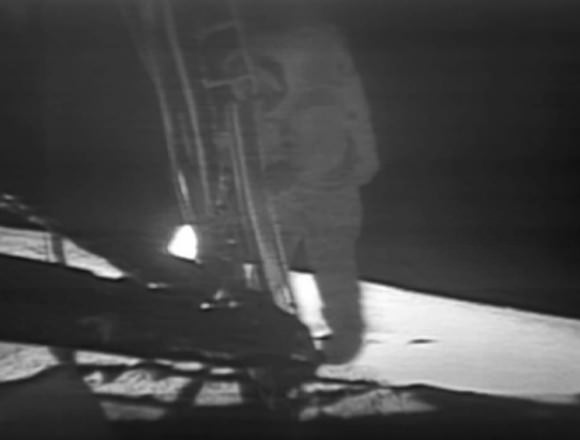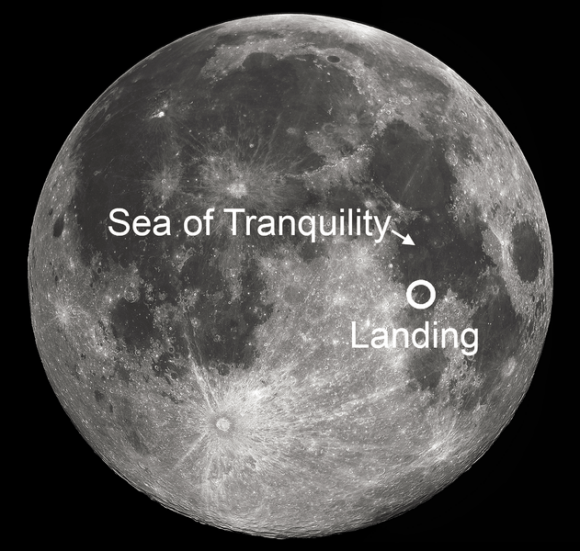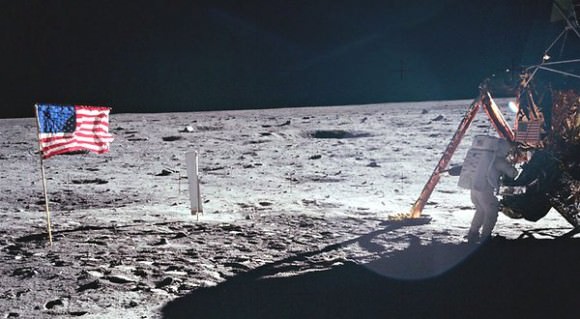Felix Baumgarter (center) and the Red Bull Stratos team are ready to attempt a record-setting freefall from the stratosphere. Credit: Red Bull
The countdown is on for Felix Baumgartner’s jump from the stratosphere. Red Bull Stratos reports that the space capsule Baumgartner will used has passed high-altitude simulation testing after it was damaged in July’s final practice jump, and a launch date has been set for October 8 in Roswell, New Mexico.
Baumgartner will leap from the edge of space, attempting to not only break the sound barrier with his body, but also break the record for the longest freefall.
As no one has successfully jumped from this height before, it’s uncertain what the highest supersonic freefall in history will look or feel like. The animated video below, provides a sense of what to expect during the attempt.
“After years of training with my team of dedicated Red Bull Stratos experts, I’ll be going on a journey that no one has ever done,” Baumgartner told Universe Today in 2010 in an email message. “If I succeed, I will be the first person to break the sound barrier, alone. That will be a record for all eternity. As such, a piece of me will become immortal. That excites me.”
43-year-old Baumgartner is hoping to jump from nearly 37 km (23 miles, 120,000 feet) to break the current jump record held by Joe Kittinger a retired Air Force officer, who jumped from 31,500 meters (31.5 km, 19.5 miles, 102,000 ft) in 1960. Now 83, Kittinger is assisting Baumgartner in preparations for the jump.
Baumgartner said he is delighted that “go” has been given for the attempt.
“I feel like a tiger in a cage waiting to get out,” said Baumgartner, a B.A.S.E. jumpers and extreme athletes, who in 2003 became the first person to make a freefall flight across the English Channel with the aid of a carbon wing. He will be flying as fast as speeding bullet during his supersonic journey to Earth.
The Red Bull Stratos team is trying to involve the public as much as possible. They will webcast the freefall attempt, and there’s even a contest to estimate where Baumgartner will land.
Baumgartner and the Red Bull Stratos team have been preparing for years to break the record for highest-altitude jump. The capsule, which at about 1.315 kilograms (2,899 pounds) weighs a little bit more than a VW Beetle, was damaged in a hard landing following Baumgartner’s final test jump from a near-record altitude of 29,610 meters (97,146 feet) in July – during the jump Baumgartner was freefalling at speeds of up to 536 mph / 864 kilometers per hour, or as fast as a commercial airliner. The Austrian landed safely in another part of the New Mexico desert.
Red Bull Stratos says the central aim of the project is to collect valuable data for science that could ultimately help improve the safety of space travel and enable high-altitude escapes from spacecraft. The jump will also attempt to break an assortment of records such as highest speed in freefall, highest jump, highest manned balloon flight and longest freefall.
They are cautiously optimistic about the launch date of October 8, while acknowledging that perfect weather conditions are needed for the delicate 30 million cubic feet / 850.000 cubic meters helium balloon, which is made of plastic that has 1/10th the thickness of a Ziploc bag. Mission meteorologist Don Day confirmed, “Early fall in New Mexico is one of the best times of the year to launch stratospheric balloons.”

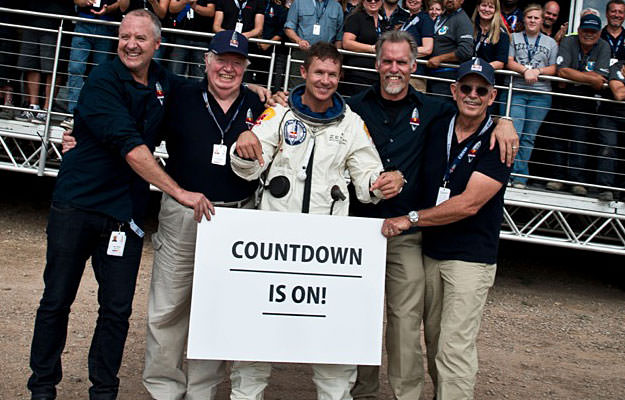
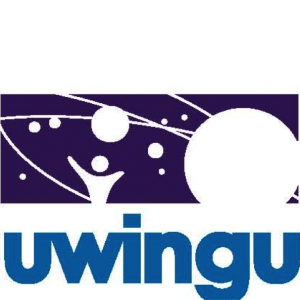
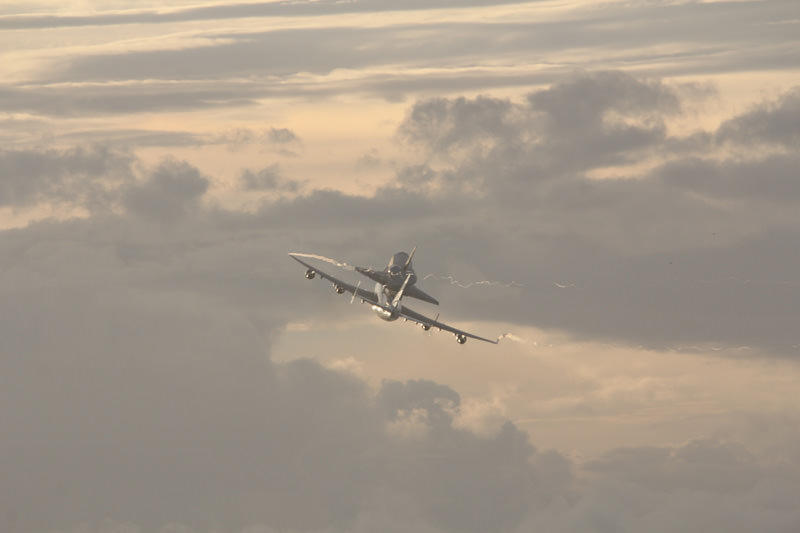
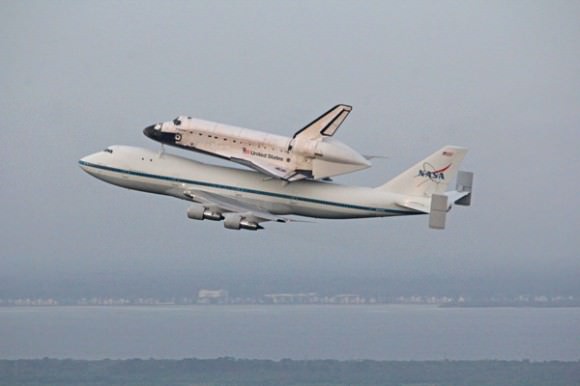
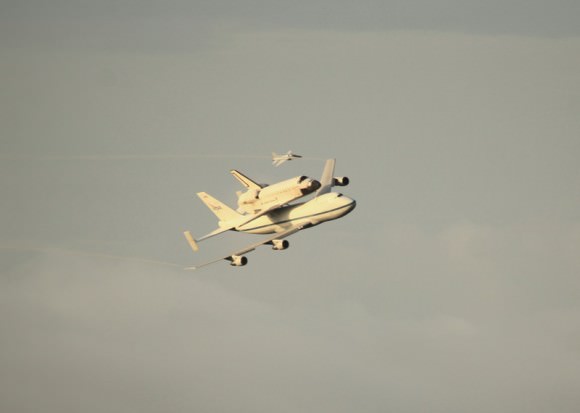
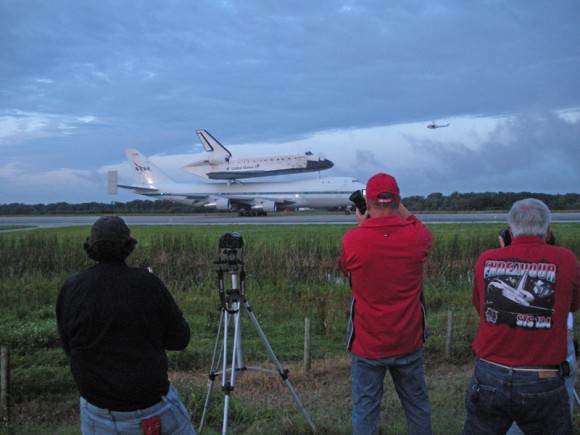
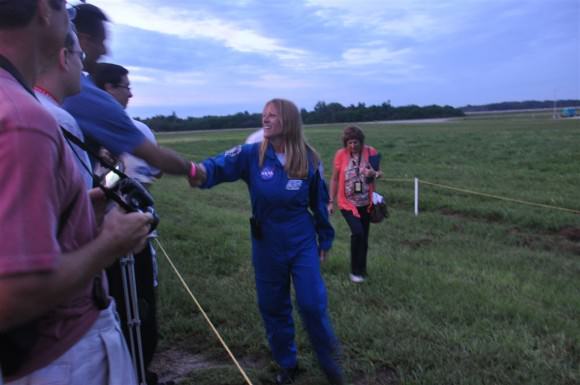
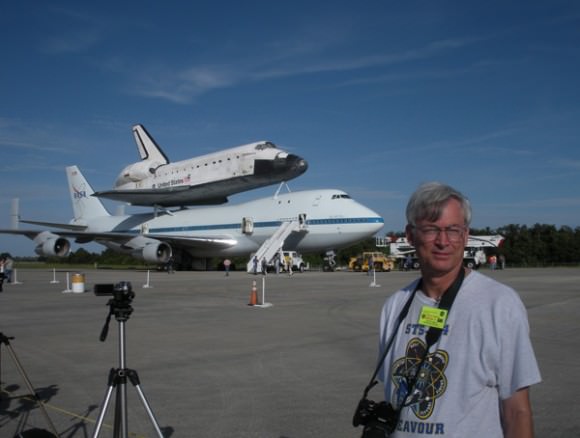
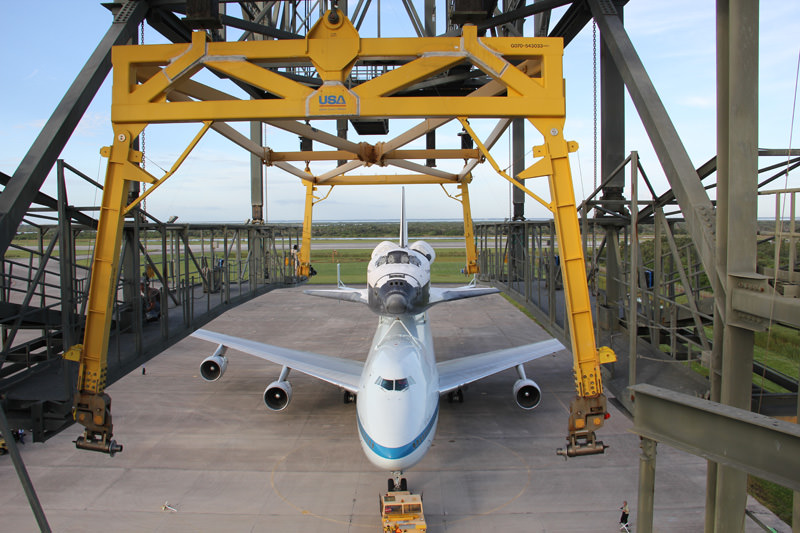
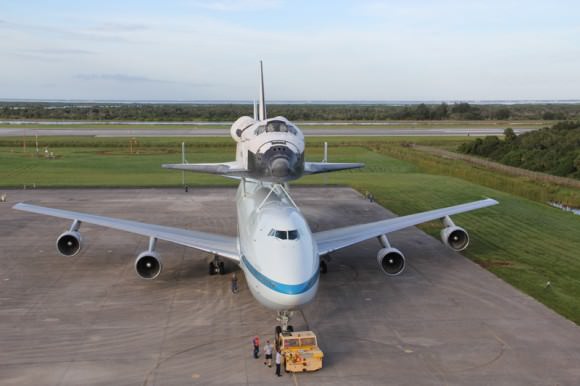
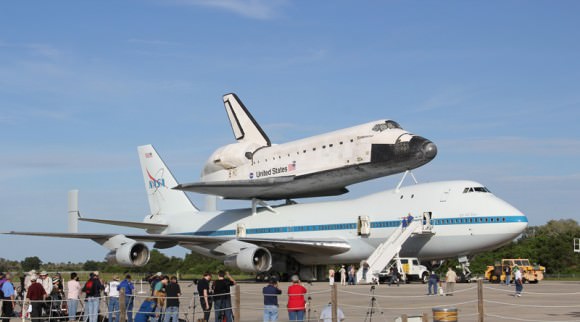
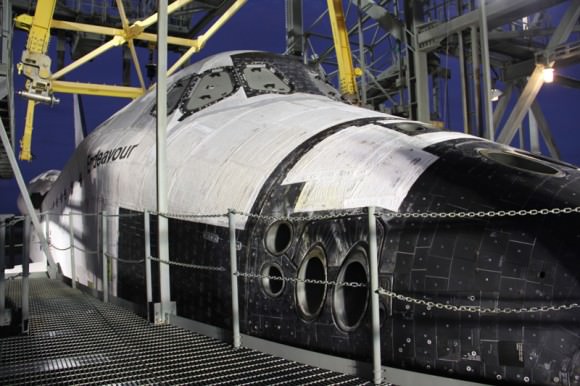
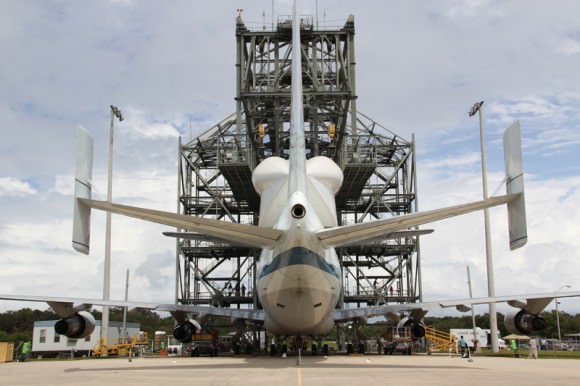
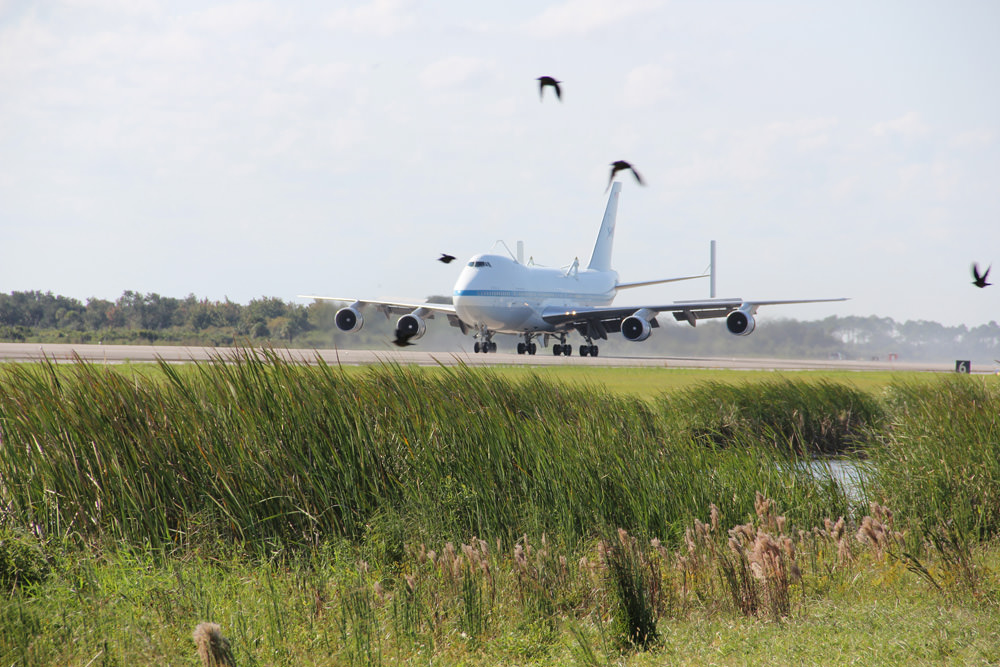
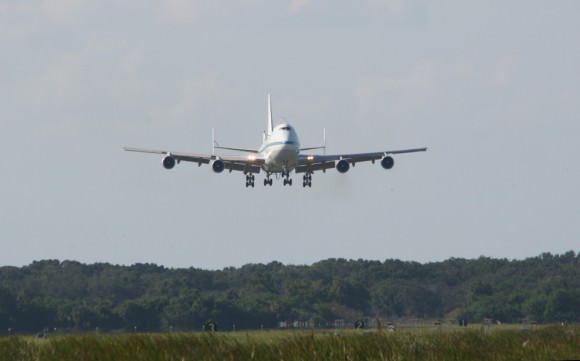
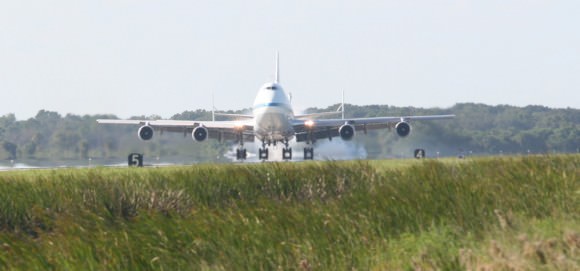
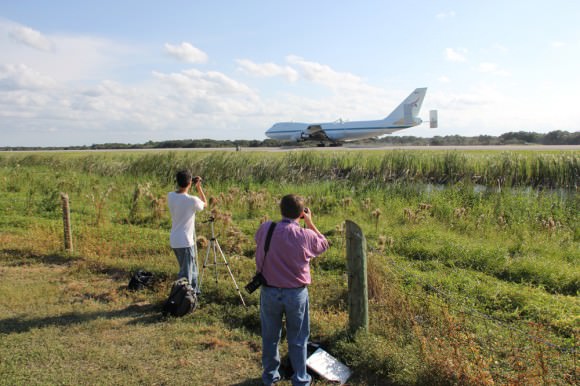
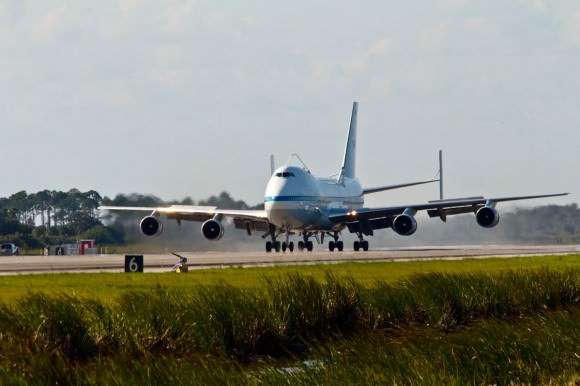
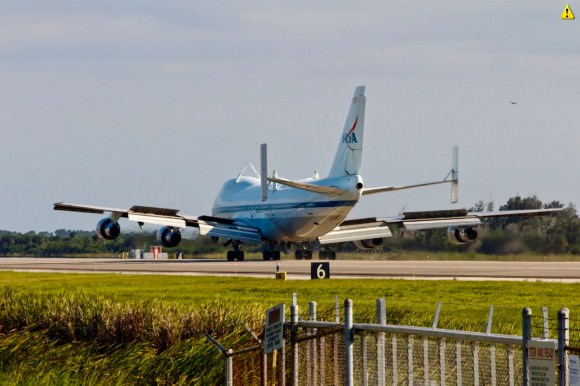
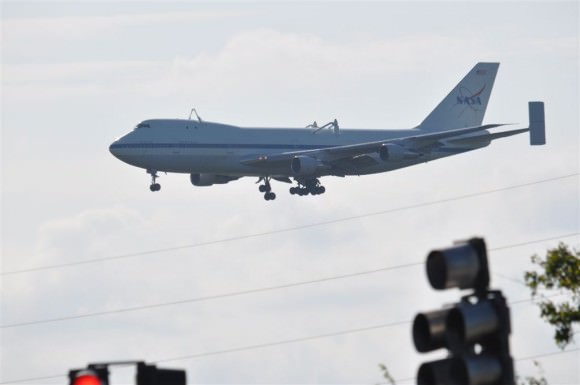
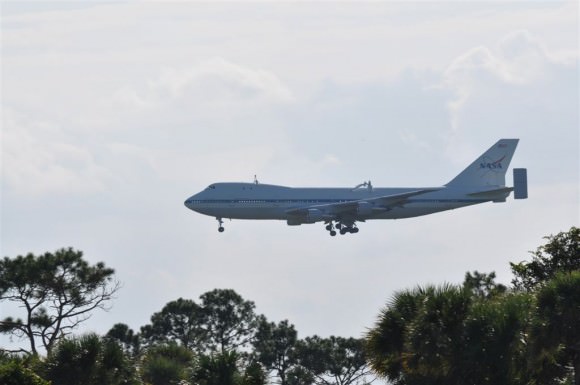
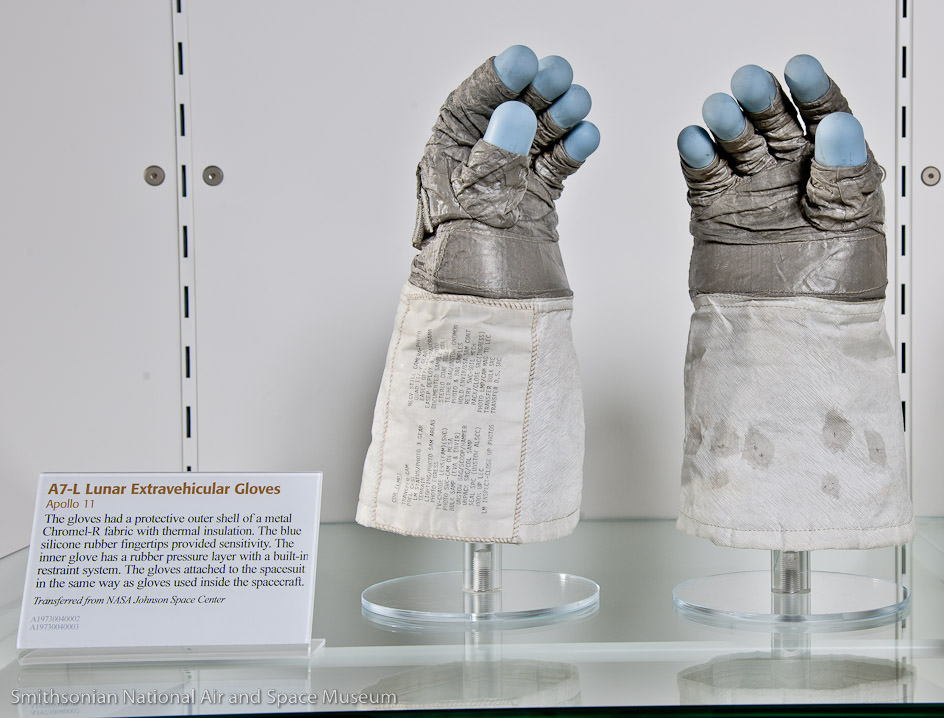

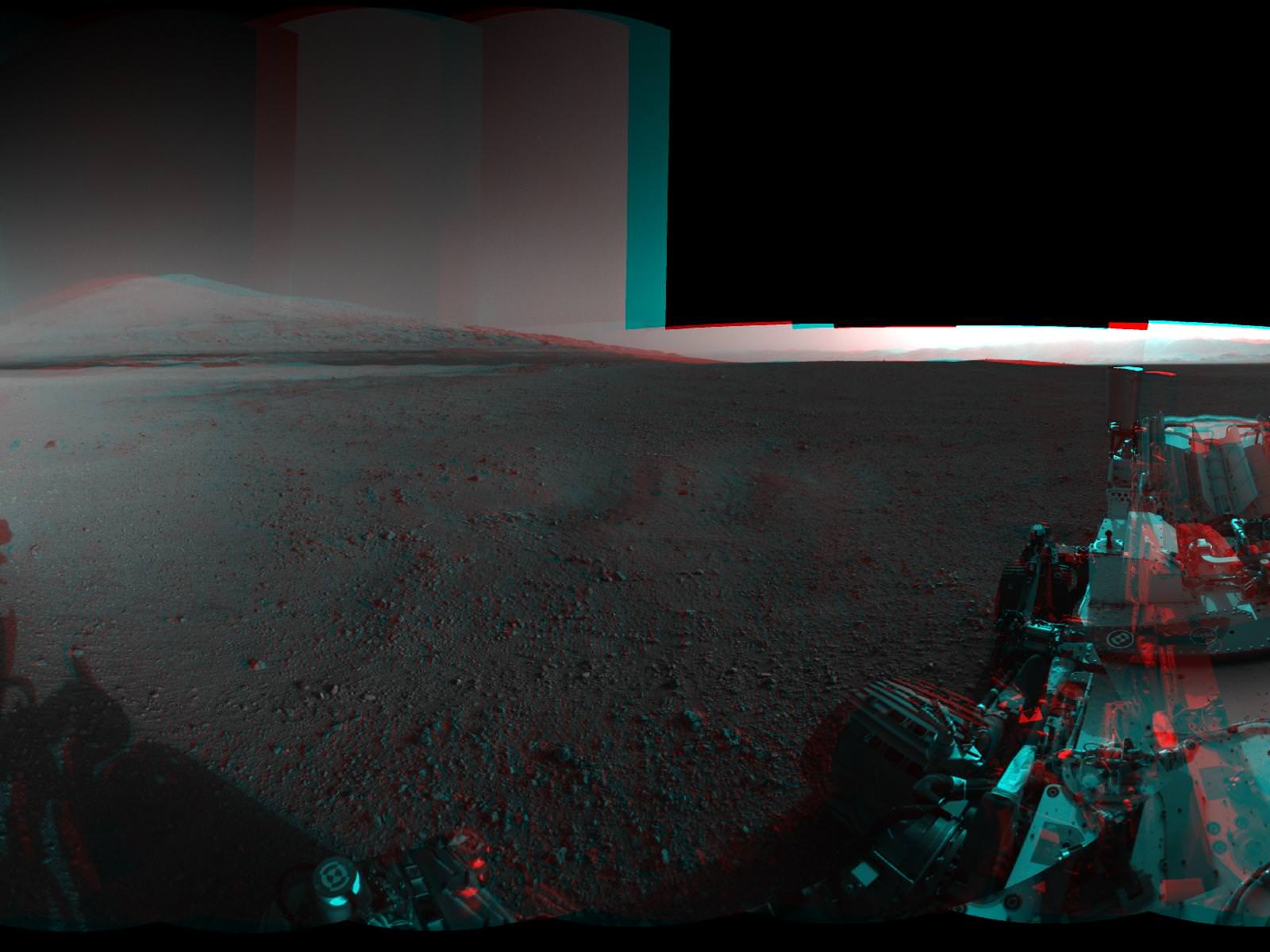
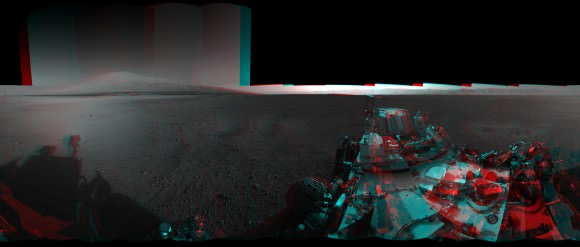
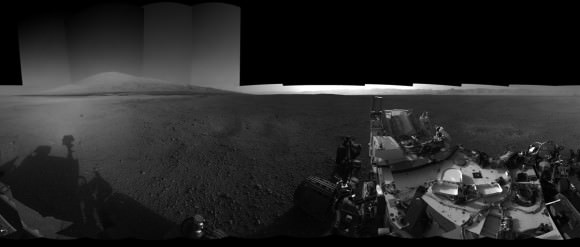
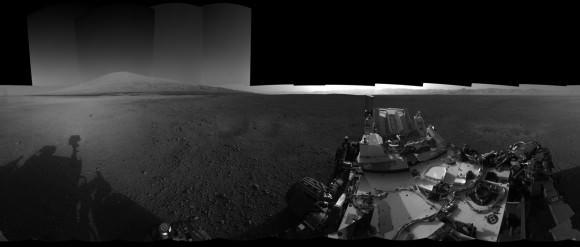
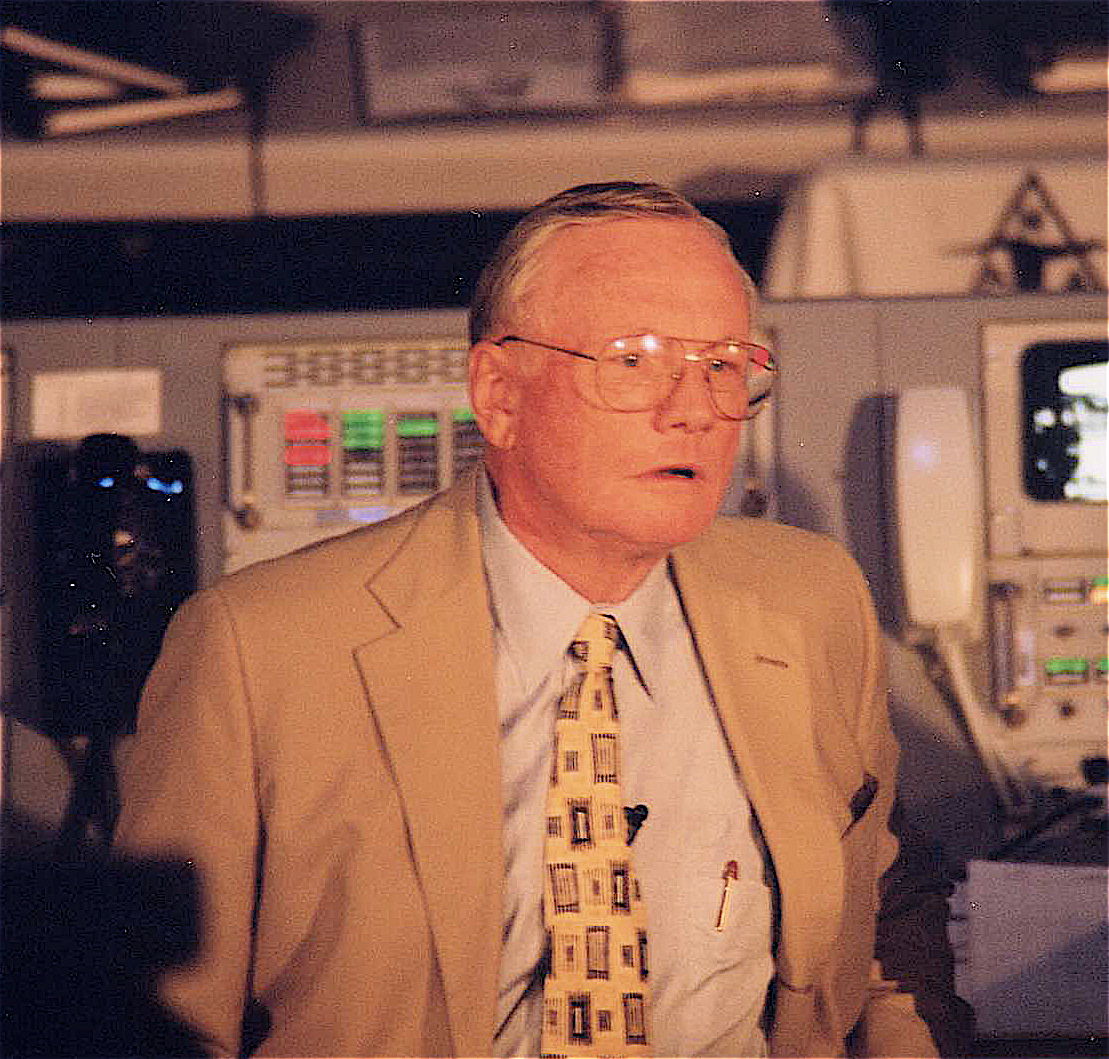
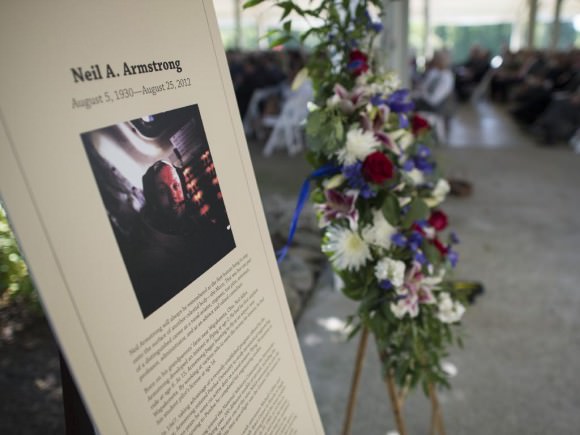
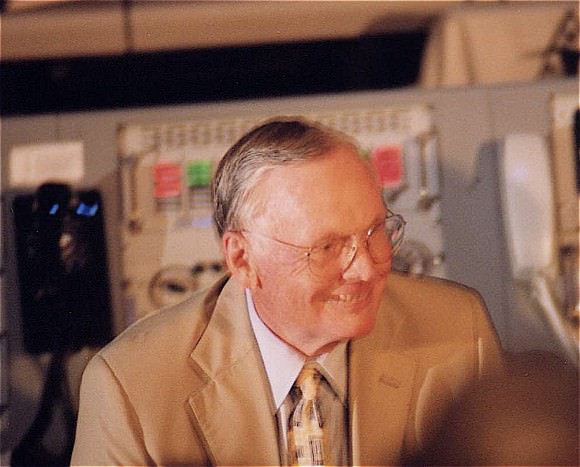
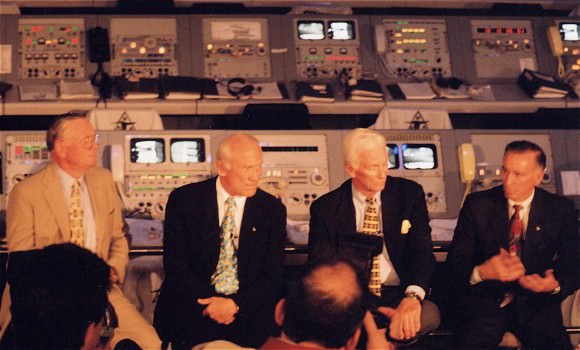
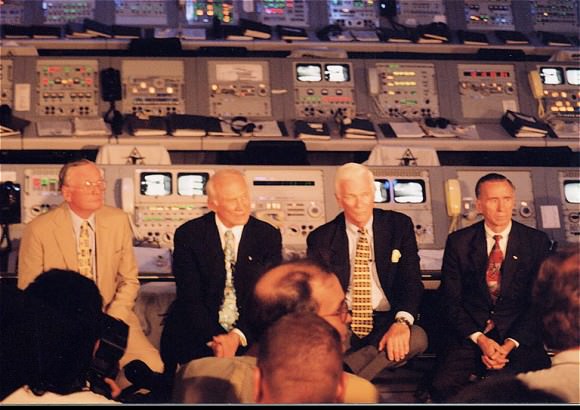
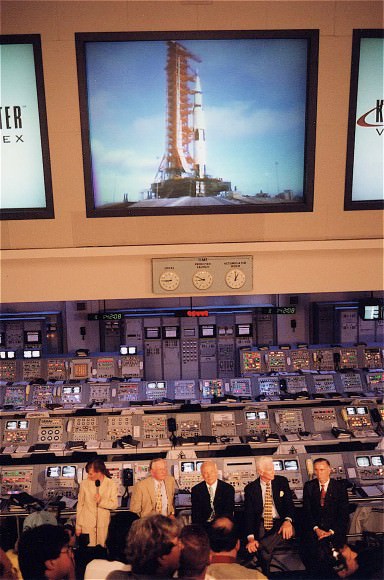
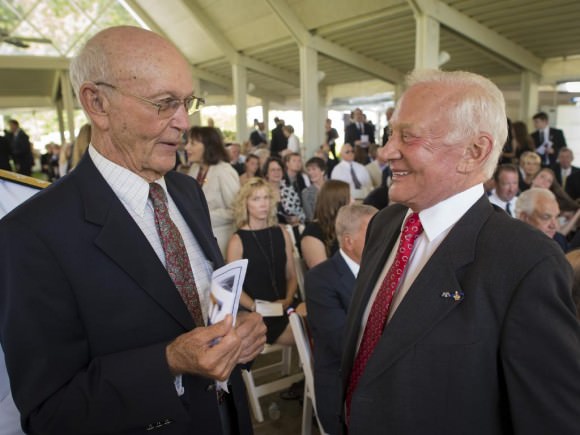
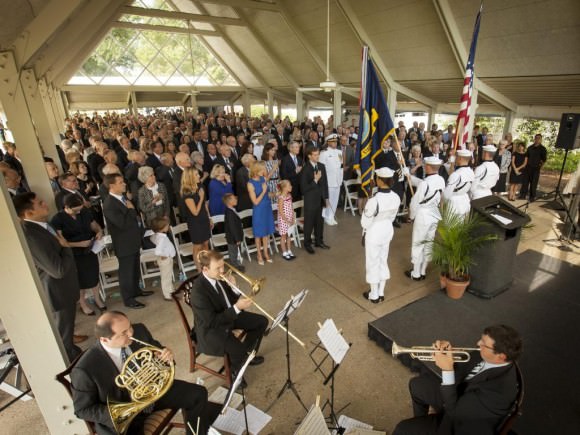
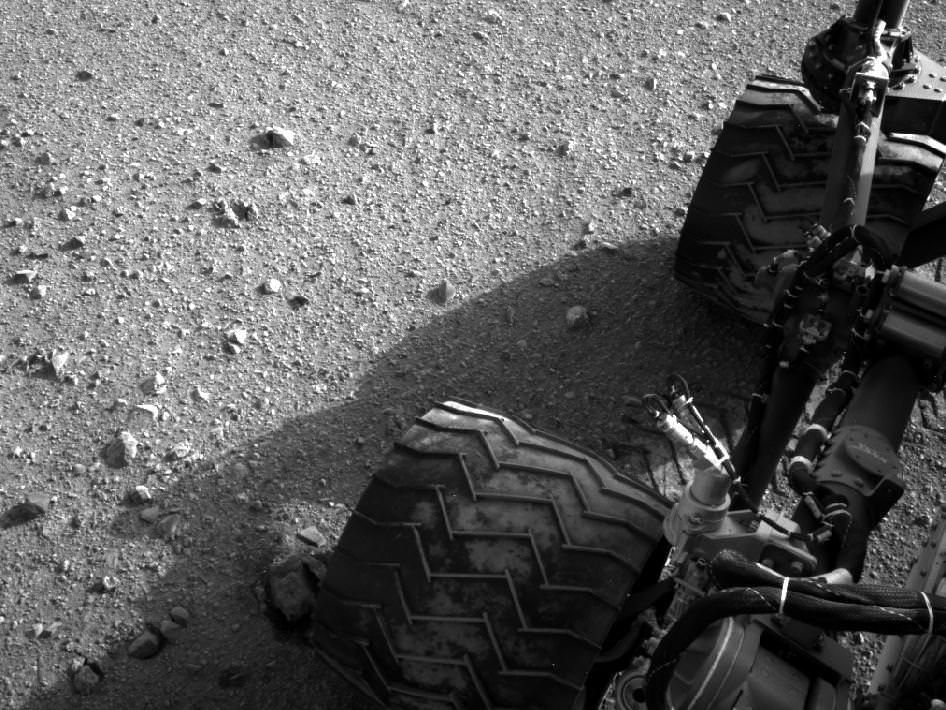
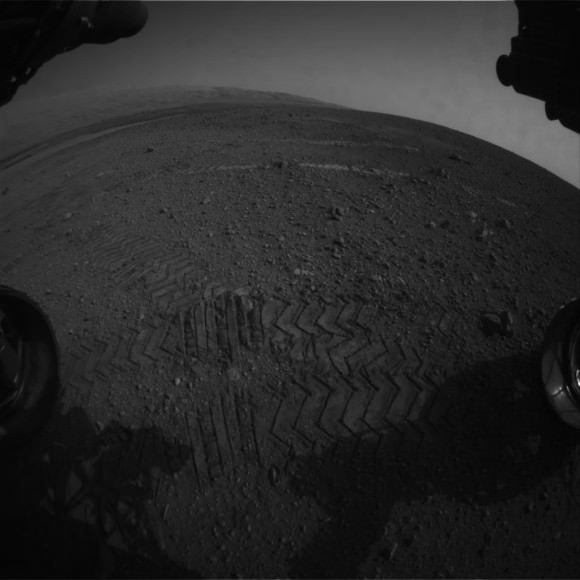
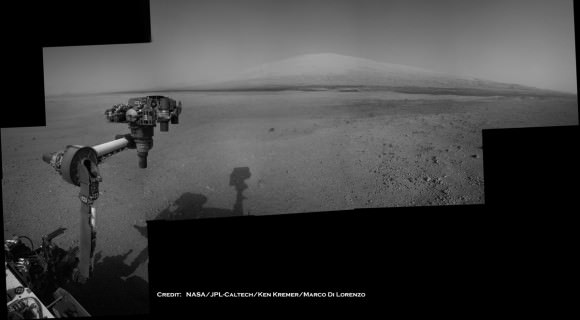
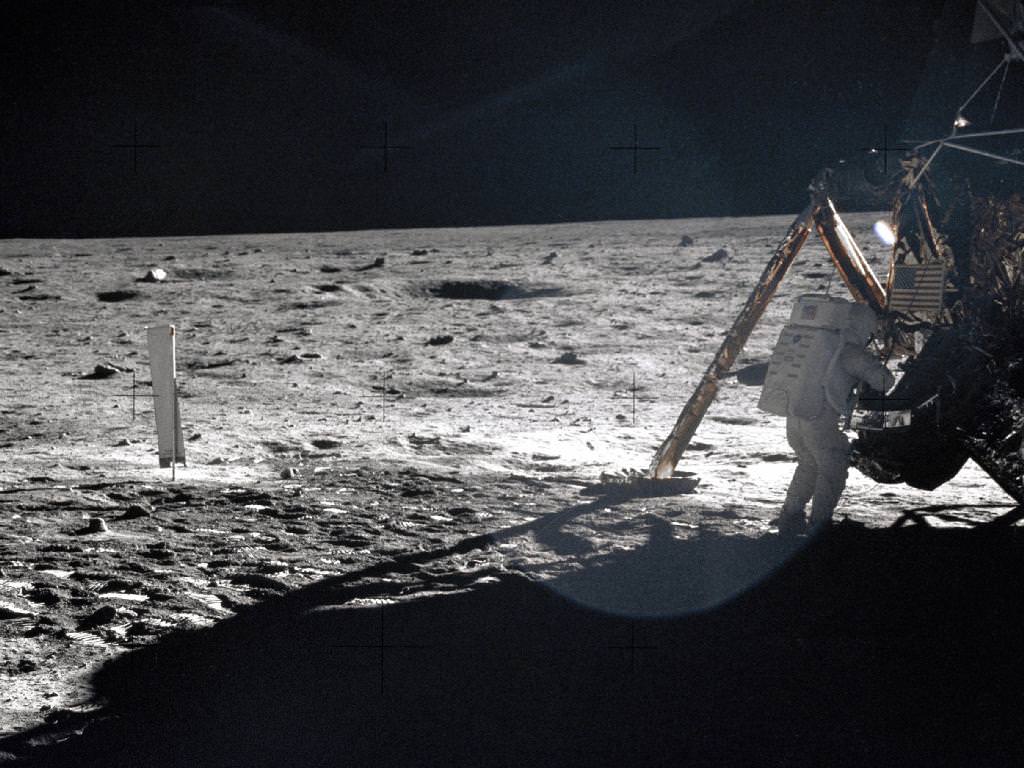
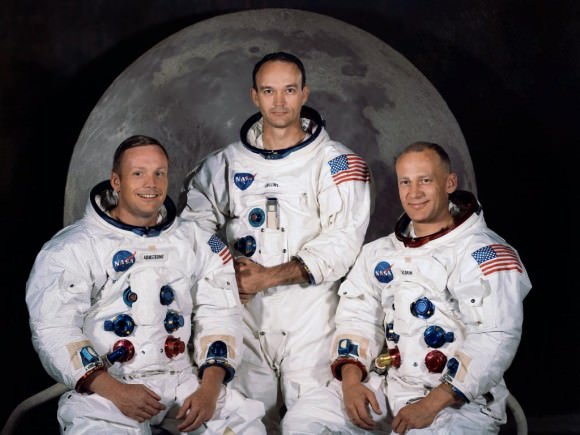
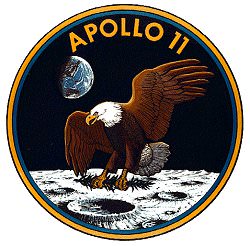
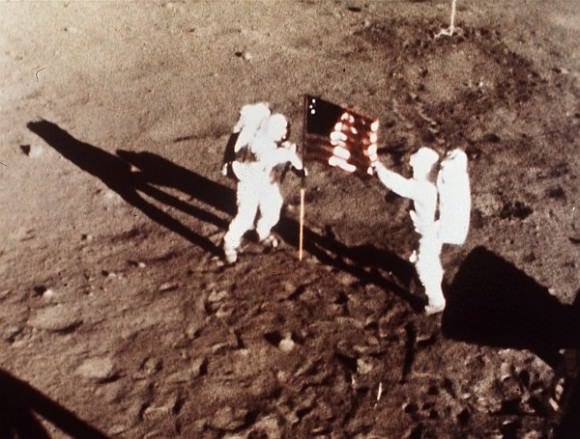
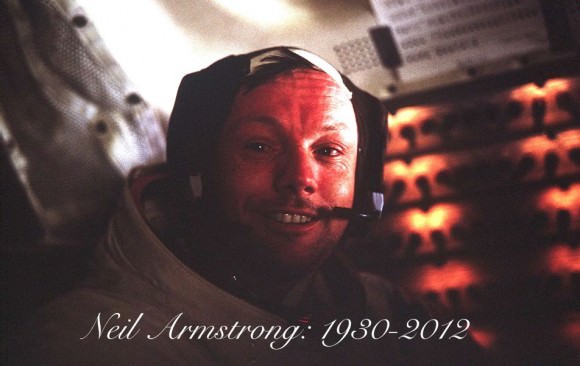
![246074main_E60-6286_1600_1024-768[1]](https://www.universetoday.com/wp-content/uploads/2012/08/246074main_E60-6286_1600_1024-7681-580x435.jpg)
